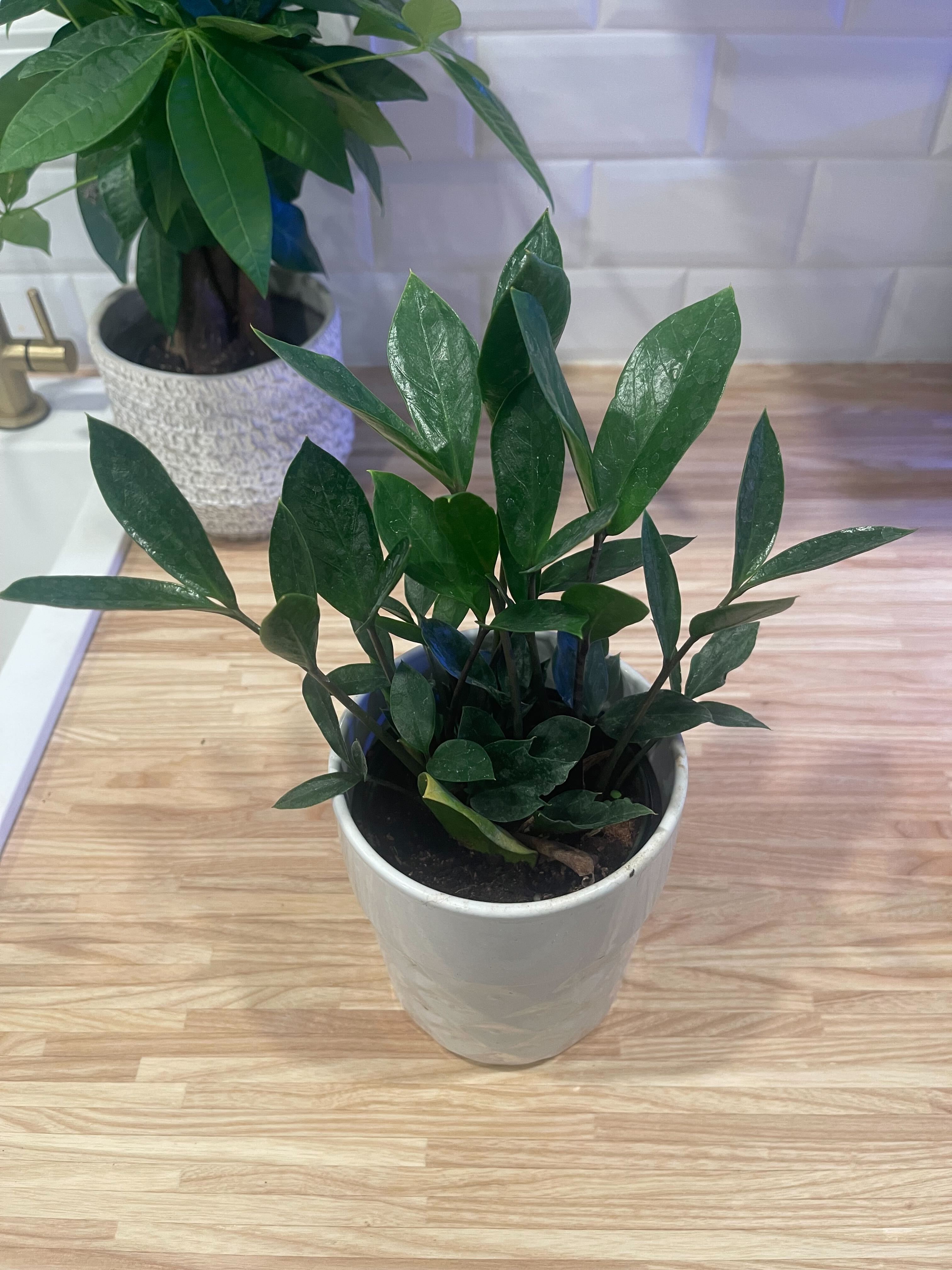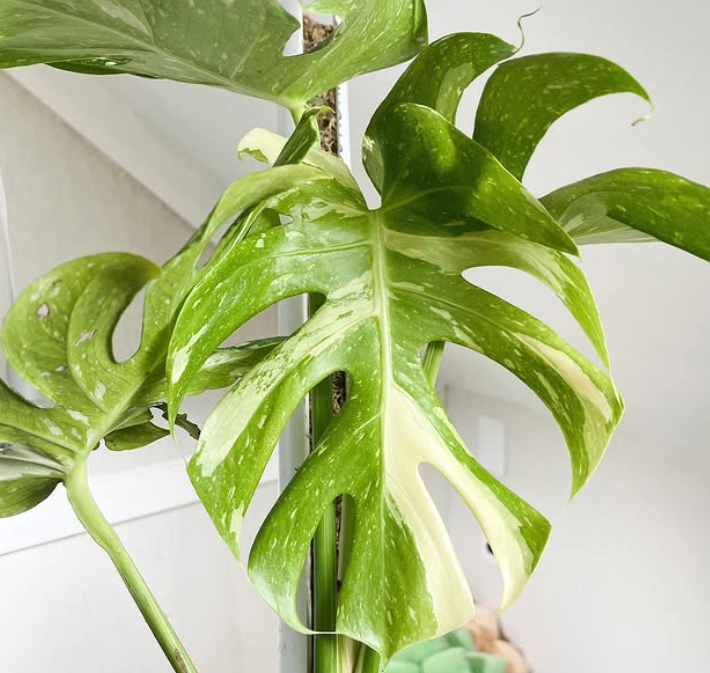Gnats in Houseplants: Why They’re There and How to Get Rid of Them
Houseplants add a touch of life and beauty to any indoor space—but sometimes, they come with uninvited guests: gnats. These tiny flying insects can be a major annoyance, buzzing around your plants, your face, and your morning coffee. If you’ve noticed small flies hovering near your potted plants, you’re likely dealing with fungus gnats.
Let’s break down why gnats invade your houseplants, what damage they can do, and most importantly—how to get rid of them for good.
What Are Fungus Gnats?
Fungus gnats are small, dark-colored flies that look similar to fruit flies but are usually found near soil rather than produce. They’re attracted to moist, organic-rich soil where they lay their eggs. This happens most often in early spring and summer. Once the eggs hatch, larvae feed on fungi, decaying plant material (or organic matter in your potting mix), and sometimes the plant roots themselves (although not a real concern for the health of your plants).
Why Are There Gnats in My Houseplants?
Gnats are typically a sign of overwatering or poor drainage. Here’s why your indoor jungle may have turned into a gnat playground:
- Constantly moist soil: Fungus gnats thrive in damp conditions. Overwatering your plants or using soil that doesn't drain well creates the perfect breeding ground.
- Organic matter: Peat moss and other organic materials in potting soil attract gnats.
- Indoor environments: Lack of natural predators inside your home allows gnat populations to grow unchecked. I don't consider this to be THAT big of a deal, but in general any houseplant pest is usually not a problem outdoors because something else will eat most of the pests.
Are Fungus Gnats Harmful?
Adult gnats are mostly a nuisance—they don’t bite or sting—but their larvae can be more problematic. In large numbers (honeslty at this point your house is probably more gnat than house) larvae may damage plant roots, leading to stunted growth, yellowing leaves, and even plant death in severe cases.
How to Get Rid of Gnats in Houseplants
Here’s are some steps you can take to get rid of gnats in your indoor plants.
1. Let the Soil Dry Out
Gnats won't thrive in dry conditions. They are laying their eggs in moist soil so whether or not the dry soil actually plays a roll in killing the gnats or their short lifespans combined with not having larvae growing to replace them is what's happening. Obviously certain plants do not do well when their potting mix completely dries so keep that in mind.
2. Use Sticky Traps
Place yellow sticky traps near the soil surface. Adult gnats are attracted to yellow and will get stuck, reducing the number of breeding adults.
3. Apply a Soil Treatment
- Hydrogen Peroxide Solution: Mix 1 part 3% hydrogen peroxide with 4 parts water and water the soil. This kills larvae on contact.
- BTi (Bacillus thuringiensis israelensis): A biological control that targets gnat larvae. Look for it in products like Mosquito Bits.
5. Repot If Necessary
If the infestation is severe, remove the plant from its pot, discard the infested soil, rinse the roots, and repot with fresh, sterile soil.
Prevention Tips
Once you’ve eliminated the gnats, follow these best practices to keep them away:
- Don’t overwater—always check if the soil is dry before watering.
- Use pots with good drainage holes.
- Cover the topsoil with a layer of sand or decorative rocks to deter egg-laying (kinda hate this option but it does work) .
Final Thoughts
Fungus gnats are annoying, but they don’t have to be permanent guests. With a little attention to watering habits and some strategic interventions, you can reclaim your houseplants and enjoy a gnat-free indoor garden.
Enjoyed this article? Make sure to sign up for the newsletter and follow me on Instagram & TikTok!


